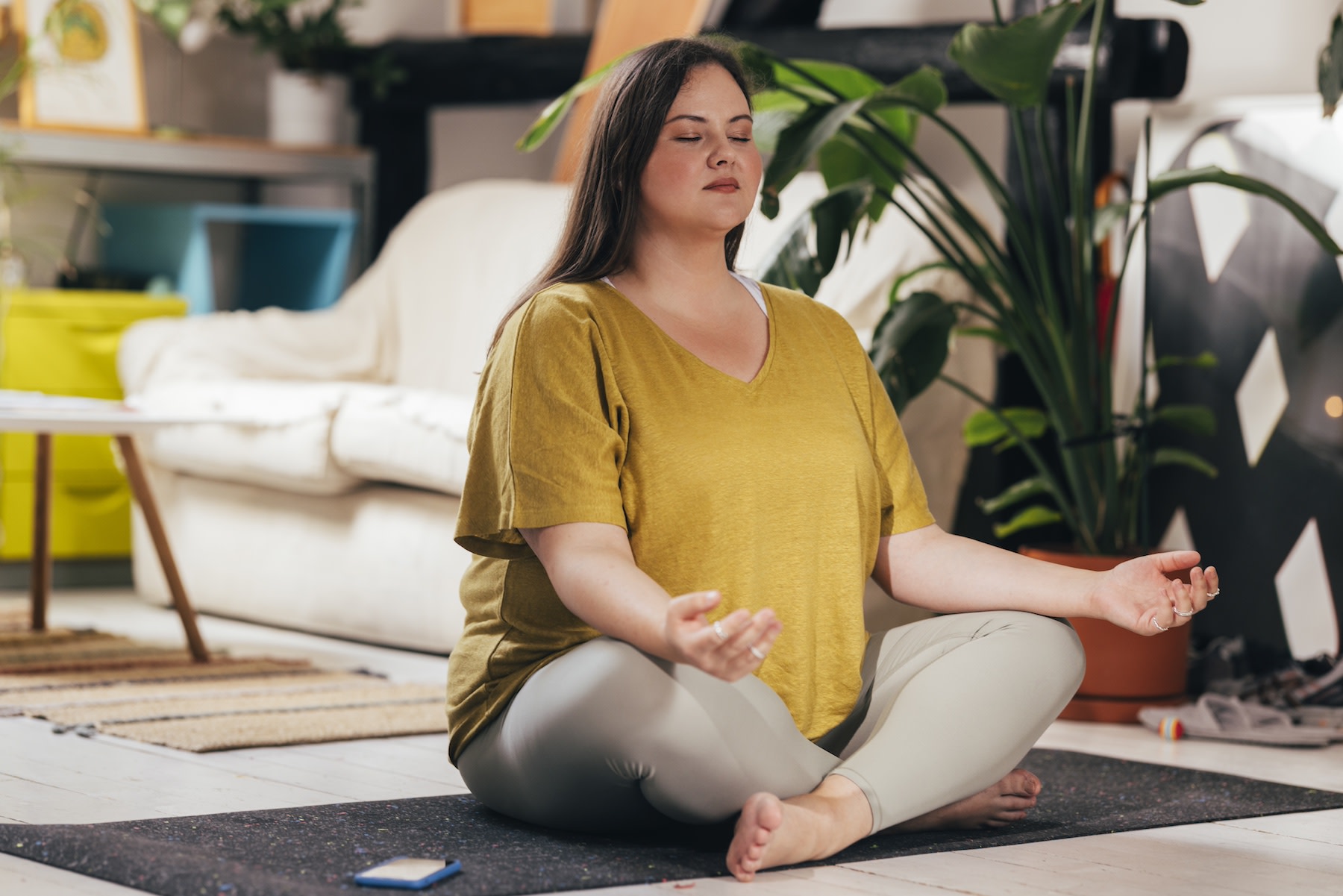Unlock Inner Tranquility: A Comprehensive Overview on How to Meditate?
How to Meditate: A Detailed Method to Getting Mindfulness and Calm
Meditation serves as an effective tool for achieving mindfulness and emotional calm in a fast-paced world. By understanding the basic principles and methods entailed in reflection, people can cultivate a method that boosts their general wellness.
Comprehending Meditation
Understanding reflection includes realizing its essential principles and methods, which offer as the structure for the technique. At its core, meditation is a mental workout aimed at advertising relaxation, building inner power, and creating concern and understanding. The method motivates individuals to focus their attention, usually through methods such as deep breathing, visualization, or rule repetition.
Reflection can be classified into various designs, consisting of mindfulness, transcendental, and loving-kindness reflection, each with distinctive purposes and techniques. Mindfulness reflection highlights present-moment awareness and non-judgmental monitoring of ideas and feelings, while transcendental reflection includes the usage of certain rules to transcend normal mind. Loving-kindness reflection concentrates on creating a perspective of love and concern in the direction of oneself and others.
Despite the strategy employed, the primary goal continues to be regular: to grow a much deeper understanding of the mind and its patterns. This self-awareness cultivates emotional strength, quality of thought, and a profound sense of tranquility (How to meditate?). By comprehending these principles and methods, individuals lay the groundwork for an effective meditation technique that can considerably boost their overall wellness
Getting Ready For Your Method
Before beginning your reflection method, it is necessary to create an environment for focus and relaxation. Select a peaceful space where you are not likely to be disturbed. This could be an edge of a space, a garden, or any location that stimulates a sense of tranquility. Make certain that the area is totally free and clean of clutter, as a clean environment can assist get rid of the mind.
Consider the lights, as all-natural light can enhance your mood and power. Soft, warm lights is commonly much more calming than extreme fluorescent lights. Furthermore, choose a comfy temperature, making sure that you are neither too warm neither as well cold.
Integrating elements that promote peace can further boost your experience. This may consist of soft cushions or coverings for convenience, as well as soothing fragrances from essential oils or scent. It can likewise be valuable to have actually a timer established for your meditation session to avoid interruptions from clock-watching.
Basic Meditation Techniques

An additional reliable strategy is body check reflection. This involves emotionally checking your body from head to toe, seeing any kind of locations of stress or pain and purposely loosening up those muscle mass. This method fosters a much deeper link between your mind and body.

Finally, loving-kindness reflection concentrates on cultivating concern towards yourself and others. Silently repeat phrases of a good reputation, boosting emotional well-being and interconnectedness. Each of these techniques acts as a foundation for your meditation journey, allowing you to find the technique that reverberates finest with your individual method.
Keeping Emphasis and Mindfulness

Developing a dedicated meditation space can enhance the ability to keep mindfulness. A silent, minimalist setting minimizes interruptions, permitting deeper immersion in the practice. Additionally, setting a time limit can aid handle expectations; starting with shorter sessions might alleviate the change into longer techniques.
Making use of strategies such as body scanning or observing experiences can likewise bolster mindfulness. These techniques urge experts to stay existing and engaged with their physicality, securing their attention in the minute. Normal practice is vital; the mind builds resilience gradually, producing a more powerful capacity for emphasis.
Incorporating Reflection Into Life
Incorporating reflection into day-to-day live can transform regular tasks into opportunities for mindfulness and self-reflection. By incorporating mindfulness techniques into usual tasks, people can grow a higher feeling of presence and serenity among the busyness of everyday life.
Begin by identifying moments throughout your day where you can exercise and stop briefly mindfulness. For example, throughout your early morning commute, concentrate on your breath or the sensations of the environment around you. In the cooking area, approach cooking as a reflective method, enjoying the textures, shades, and like this scents of the components. Also ordinary activities like walking or washing meals can come to be possibilities for meditation by guiding your interest to the experiences of motion and the noises bordering you.
In addition, establishing apart devoted times for reflection can reinforce its method. Beginning with brief sessions, gradually boosting period as you come to be much more comfortable. Use suggestions or hints-- like a certain time of day or a calming audio-- to establish uniformity.
Eventually, the goal is to weave mindfulness right More hints into the textile of every day life, allowing you to approach each moment with objective, consequently boosting your general sense of health and quality.
Conclusion
In final thought, effective meditation needs a peaceful environment, a comfortable placement, and an emphasis on the breath. Routine meditation, also in brief sessions, fosters a much deeper link to the present moment, ultimately leading to better calmness and psychological clarity in everyday life.
Reflection can be categorized into different styles, including mindfulness, transcendental, and loving-kindness reflection, each with distinct functions and methodologies. Mindfulness reflection highlights present-moment understanding and non-judgmental monitoring of thoughts and sensations, while transcendental reflection involves the use of specific mantras to go beyond normal thought processes.With your reflection room prepared, it's time to check out different basic reflection methods that can help cultivate mindfulness and inner tranquility.Consistently preserving focus and mindfulness during reflection can be difficult, especially for those new to the method.Establishing a committed reflection space can boost see here the ability to maintain mindfulness.